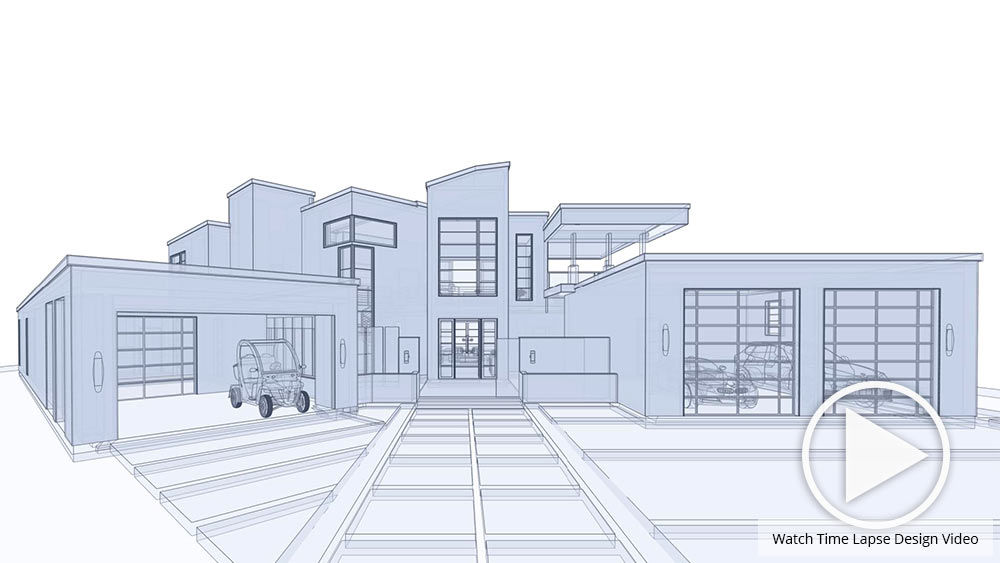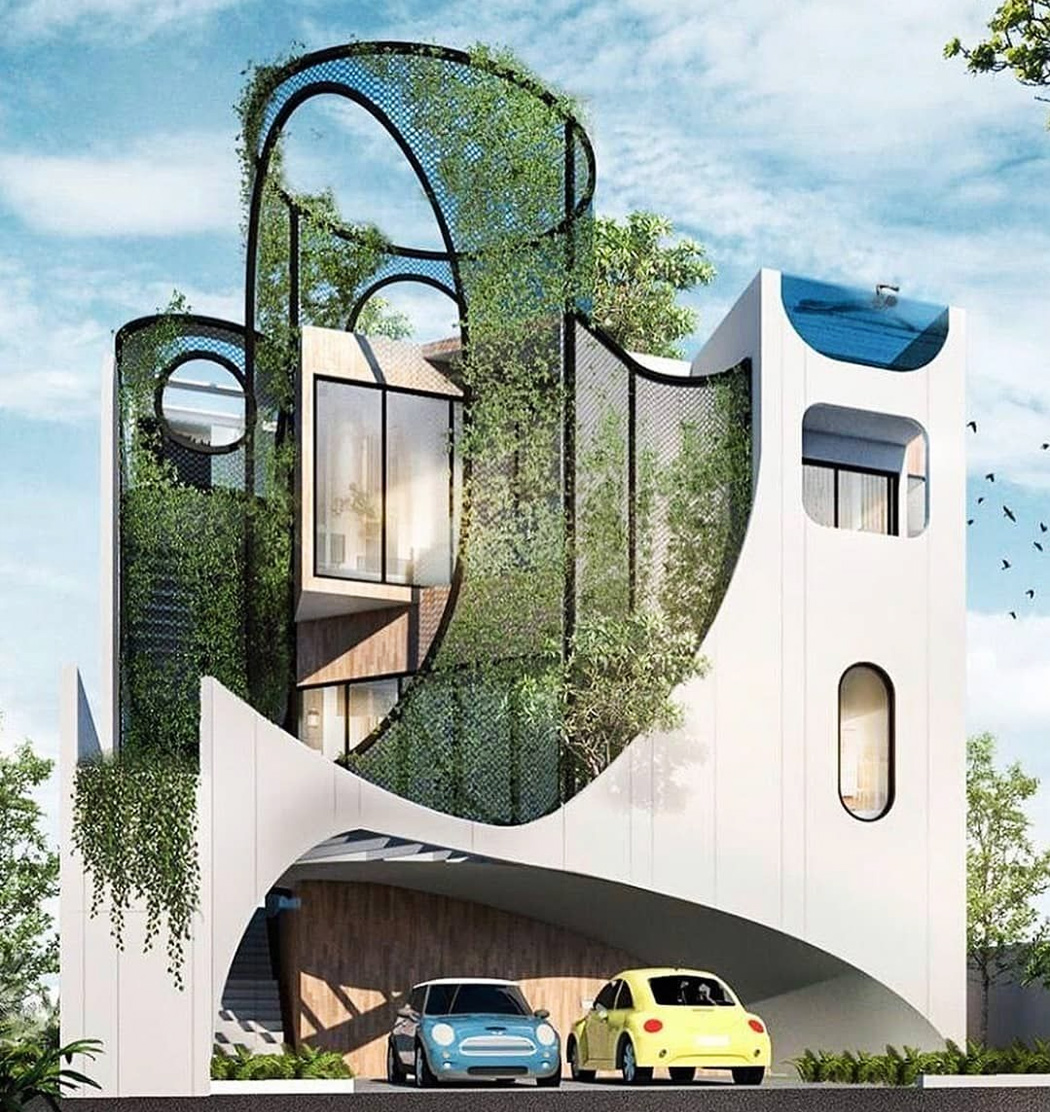The Influence of Technological Advancements on the Style Practices of Contemporary Architects
The quick evolution of technological tools has substantially improved the design landscape for contemporary designers, promoting extraordinary degrees of innovation and sustainability. Exploring these dynamics exposes a nuanced interaction in between modern technology and typical layout methodologies, prompting a better evaluation of what the future holds for architectural practices.
Development of Architectural Equipment
Exactly how have architectural tools changed the style and construction processes over the centuries? The development of architectural tools has actually substantially impacted the efficiency, precision, and imagination of design and building and construction.
With the development of the Renaissance, the introduction of the compass and the protractor noted a critical change. These tools enabled engineers to accomplish greater precision in their designs, promoting the appearance of more elaborate and proportionate structures. The Industrial Revolution better transformed building method with the intro of mechanized devices and materials, permitting larger and more ambitious tasks.
In the 20th century, the advancement of computer-aided layout (CAD) software application changed the landscape when again, giving architects with extraordinary capabilities in modeling and visualization. Today, advanced devices such as Building Info Modeling (BIM) and parametric design software application remain to push the borders of building development, making it possible for a more incorporated approach to style and building and construction processes.
Enhanced Collaboration in Design
As innovation proceeds to advance, enhanced partnership in layout has actually become a cornerstone of modern architectural method. The combination of electronic devices such as Structure Details Modeling (BIM), cloud-based systems, and progressed visualization software has actually changed the means architects, designers, and stakeholders interact throughout the design process. These tools facilitate real-time communication, allowing groups to share ideas, modifications, and comments instantly, regardless of geographical location.

In addition, interdisciplinary partnership has actually been streamlined with these technical improvements, making it possible for designers to function more carefully with various other professionals, such as metropolitan organizers and environmental experts. The outcome is a more cohesive technique to design that thinks about numerous perspectives and know-how. Ultimately, enhanced partnership in layout is not just a trend; it is vital for developing innovative, functional, and visually pleasing design in a significantly intricate globe.

Sustainability Via Modern Technology
Sustainability in style has actually progressively become linked with technical advancement, driving the market toward eco accountable methods. Contemporary architects are look at here leveraging advanced modern technologies to lessen environmental impact while enhancing the efficiency of buildings. cda architects. One prominent instance is using Building Details Modeling (BIM), which permits precise preparation and resource allotment, decreasing waste throughout building and promoting power performance throughout a structure's lifecycle
In addition, smart products and energy-efficient systems are being integrated into layouts to optimize source usage. Technologies such as photovoltaic or pv cells and eco-friendly roof harness renewable resource resources, adding to lowered carbon footprints. In addition, the application of expert system in design processes allows designers to simulate and assess energy intake, directing choices toward more lasting outcomes.
The combination of lasting technologies not just straightens with global environmental goals yet also satisfies an increasing demand from customers for eco-friendly options. As engineers embrace these advancements, the emphasis shifts in the direction of cda architects developing spaces that are not only cosmetically pleasing yet also functionally sustainable, consequently redefining the criteria of modern-day architecture. This way, modern technology functions as a catalyst for sustainability, enabling designers to design buildings that respect and improve the natural surroundings.
Obstacles in Execution
While technical advancements in architecture hold terrific pledge for boosting sustainability, their execution often experiences considerable difficulties. One main challenge is the high discovering contour related to new innovations. Designers and building experts may need comprehensive training to successfully use sophisticated software application and tools, which can delay task timelines and raise prices.
In addition, the assimilation of arising innovations, such as Building Information Modeling (BIM) and sustainable materials, frequently necessitates collaboration across multidisciplinary groups. This cooperation can be impeded by distinctions in experience, workflows, and interaction designs, causing prospective disputes and ineffectiveness.

Furthermore, governing frameworks and building ordinance might not equal technical improvements, developing ambiguity and potential conformity problems. This difficulty can dissuade engineers from totally welcoming brand-new modern technologies, as the danger of non-compliance might outweigh the benefits. As a result, addressing these execution challenges is vital for the successful assimilation of technological innovations in modern architectural methods.
Future Patterns in Design
The difficulties connected with the application of new technologies in style have actually triggered a reevaluation of future patterns within the industry - cda architects. As architects navigate concerns such as sustainability, urbanization, and social equity, they are significantly embracing ingenious innovations to improve layout performance and environmental performance
One popular trend is the assimilation of expert system (AI) in the design procedure. AI tools can analyze substantial datasets to educate style decisions, boosting both creative thinking and performance. Structure Info Modeling (BIM) proceeds to progress, enabling real-time cooperation among stakeholders and facilitating streamlined task management.
Sustainable layout methods are additionally acquiring energy, with designers concentrating on adaptive reuse and regenerative layout principles that decrease resource intake and waste. The consolidation of clever materials and renewable resource resources will certainly even more improve the resilience of buildings despite climate modification.
Additionally, the increase of parametric style allows for even more personalized and context-sensitive architectural remedies (cda architects). By harnessing these improvements, engineers are poised to produce constructed environments that not only attend to the prompt demands of society however likewise prepare for future challenges, thus redefining the function of style in an visit this page ever-changing world
Conclusion
Technical developments have significantly improved building style methods, helping with enhanced accuracy, partnership, and sustainability. The integration of devices such as Structure Info Modeling and parametric design software program, together with synthetic intelligence and clever materials, empowers engineers to resolve complicated challenges much more successfully.